| Instrument: Polarized Light Microscopy Brand / Model:: NIKON / E200POL | |||
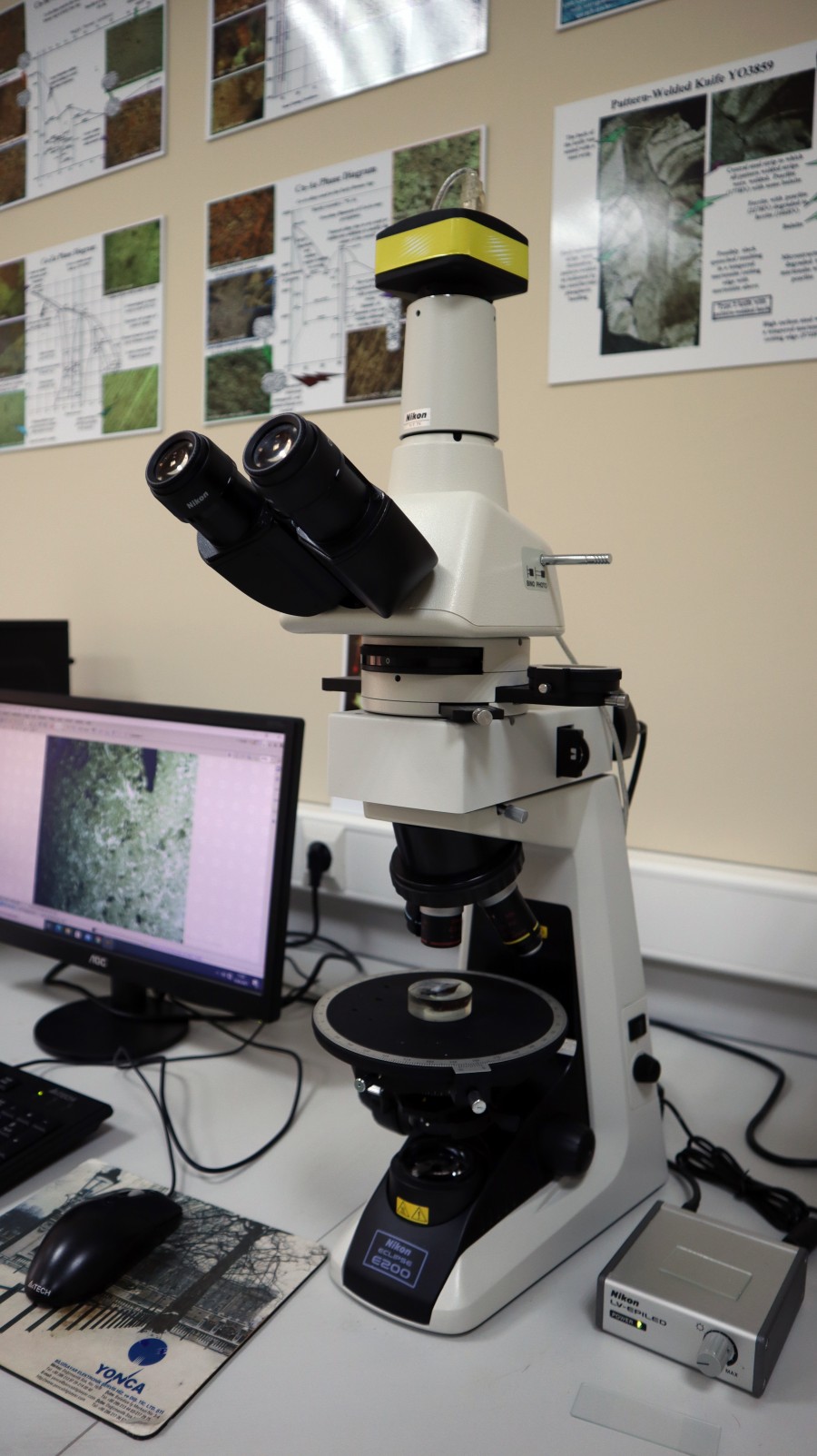 |
Working principle:
|
||
| Applications: Suitable for Thin Section-Bright Section, Metallography, Petrography, Geology, and Biology. Sample Acceptance Conditions: The sample surface should be flat. |
|||
| Instrument: Grinding Polishing Machine Brand / Model:: TOP TECH / PLATO | |||
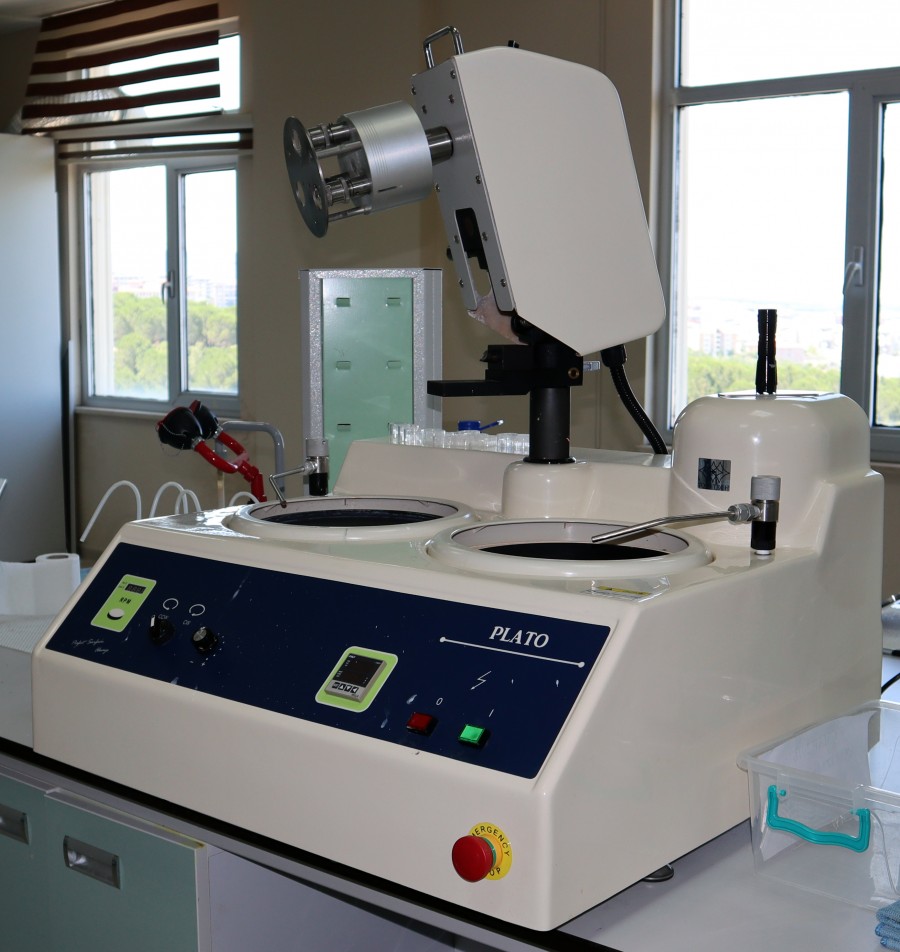 |
Working principle:
- 50~600rpm rotation speed - 20 cm diameter polishing and grinding discs - 240 µm, 300 µm, 600 µm, 1200 µm Sandpaper - Polishing with 9 µm, 6 µm, 3 µm, 1 µm Diamond Solution - A head capable of processing three samples simultaneously. |
||
| Applications: Metallography, Petrography, Thin Section-Bright Section Preparation Sample Acceptance Conditions: - |
|||
|
Instrument: Micro-Vickers hardness testing machine Brand / Model:: PACE TECHNOLOGIES / MHT- 1000Z |
|||
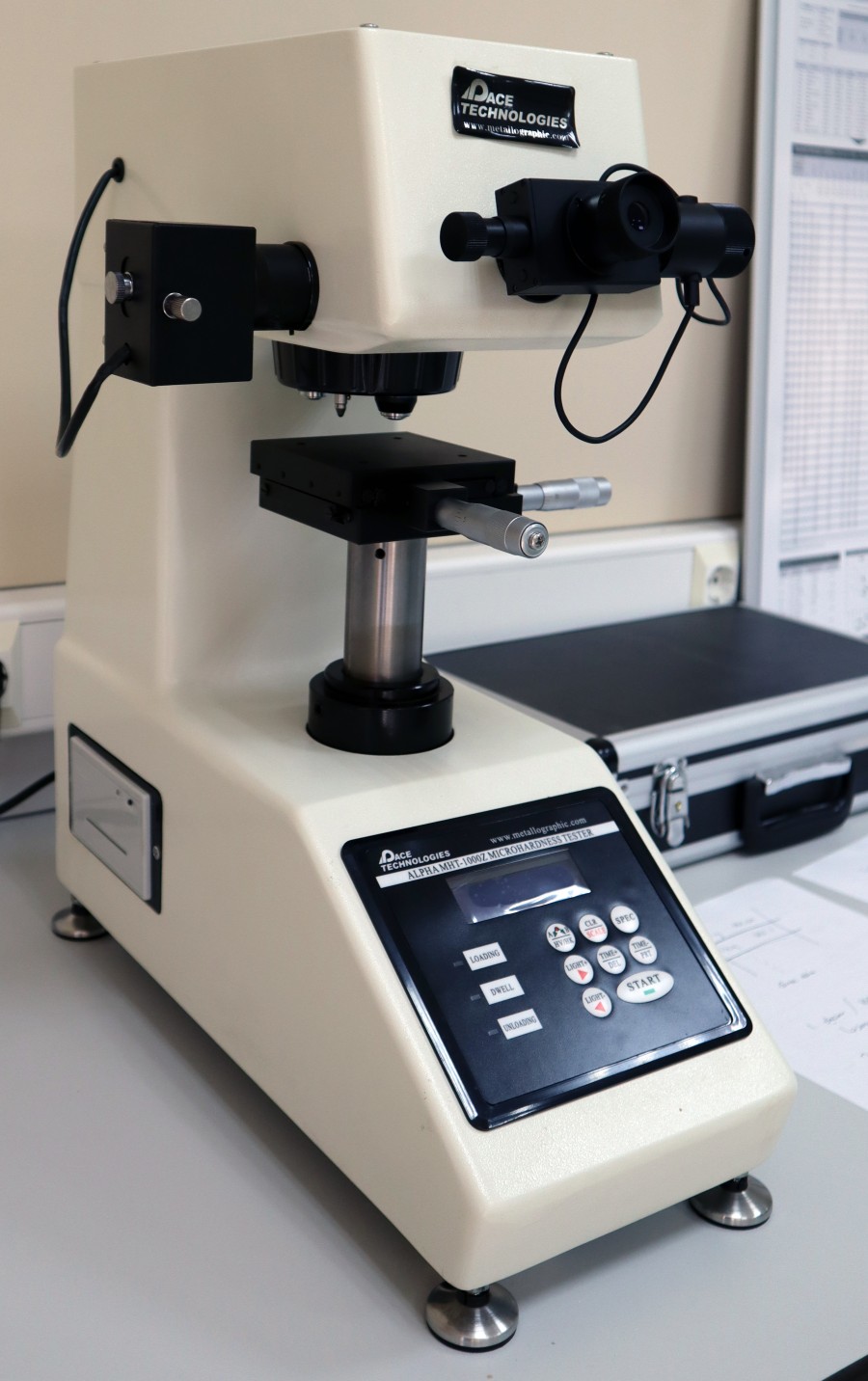 |
Working principle:
|
||
| Applications: Used for metallurgy, metallography samples, molded ceramic materials. Sample Acceptance Conditions: - |
|||
| Instrument: Stereo microscope Brand / Model:: ZEISS / BA310Met | |||
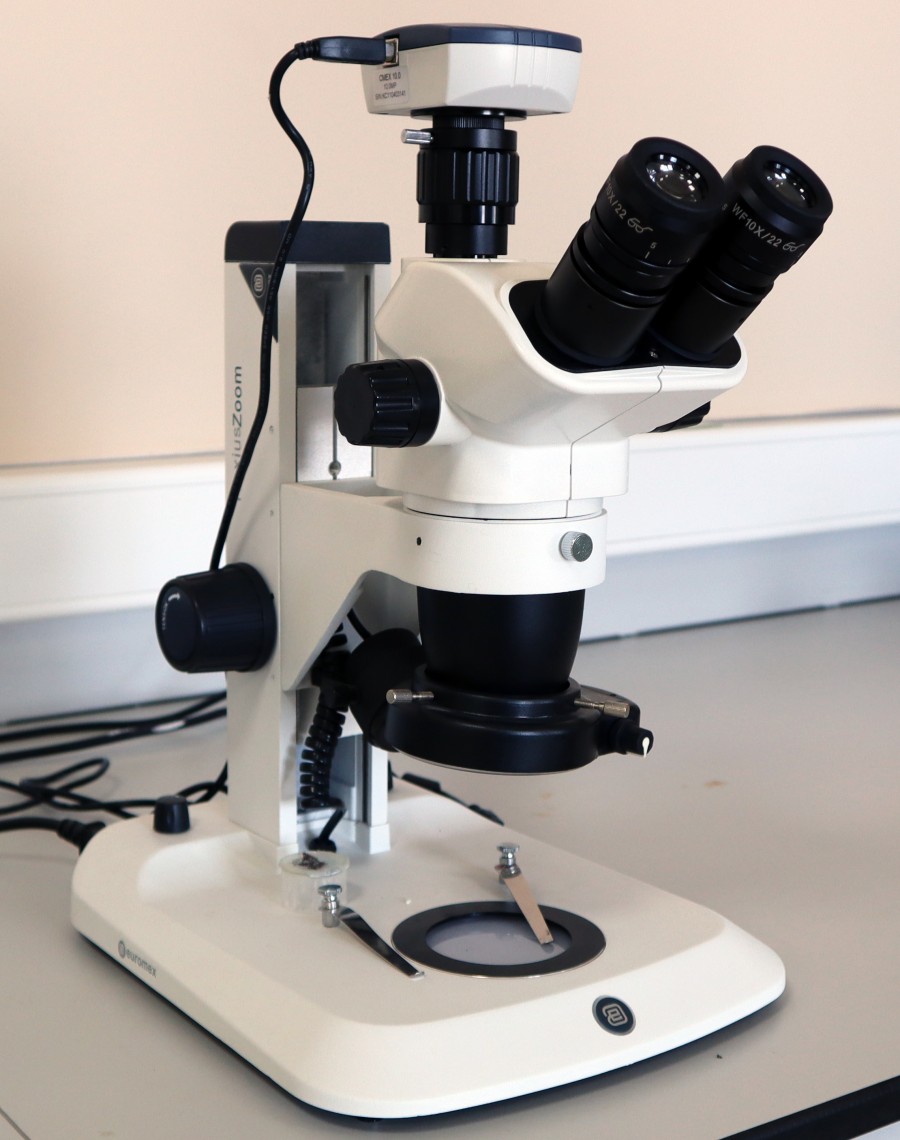 |
Working principle:
|
||
| Applications: It serves in various fields such as industry, metallurgy, genetics, geology, archaeology, criminology, and more. Sample Acceptance Conditions: |
|||
| Instrument: Metallurgy microscope Brand / Model:: MOTIC / BA310MET | |||
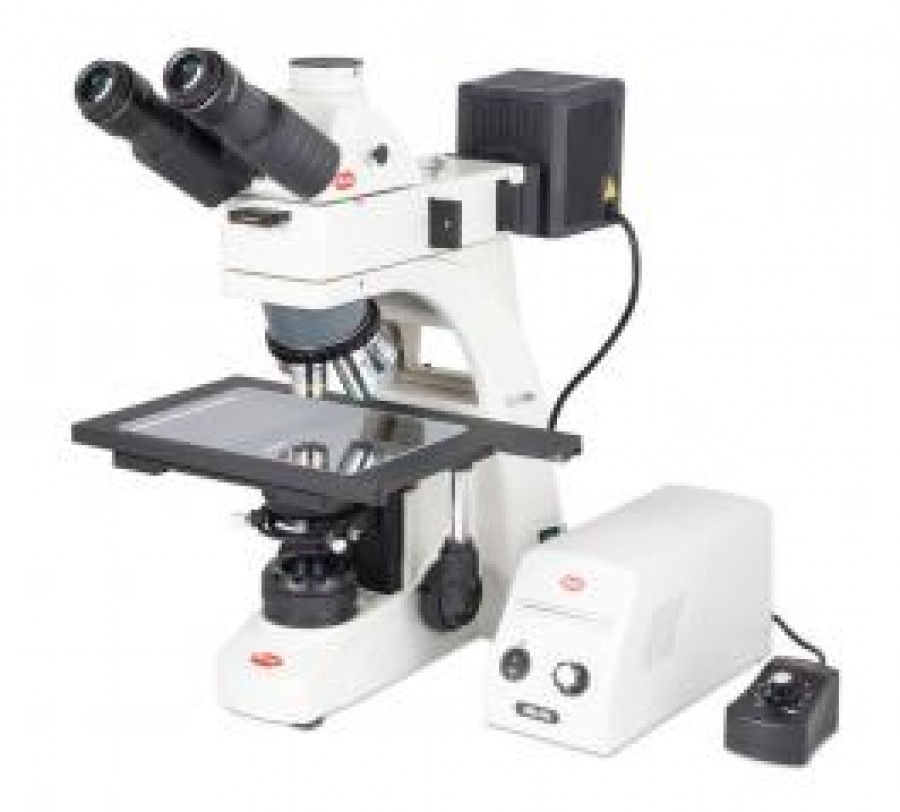 |
Working principle: - Color Corrected Infinity Optical System (CCIS®) - Triple Nosepiece Rotatable 360º - N-WF10X/20mm eyepiece with adjustable diopter, +/- 5 diopter - Objectives: 5X/0.13 (WD 20.3mm), 10X/0.25 (WD 17.5mm), 20X/0.4 (WD 8.1mm), 50X/0.55 (WD 8.4mm) - Thread W 4/5" x 1/36" (Standard RMS) - Stage size: 180x140 mm - Mechanical Stage X-Y range: 75x50 mm - Z-axis movement: 30 mm - Illumination: Epi-Illuminator 12V/50W Quartz Halogen or integrated field and aperture diaphragms with 3W LED diaphragms and external lamp housing - Transformer: External |
||
| Applications: Metallurgy Geology Sample Acceptance Conditions: |
|||
| Instrument: Cold Molding Brand / Model:: TOP TECH / PRESİDON | |||
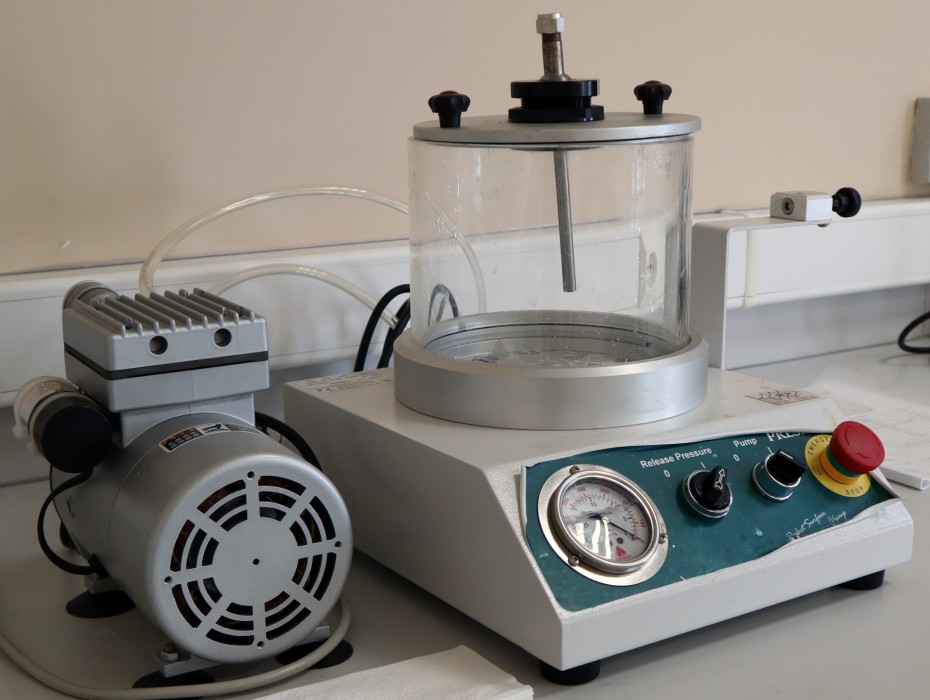 |
Working principle:
|
||
| Applications: - Sample Acceptance Conditions: |
|||
| Instrument: Jaw crusher Brand / Model:: RETSCH / BB 50 | |||
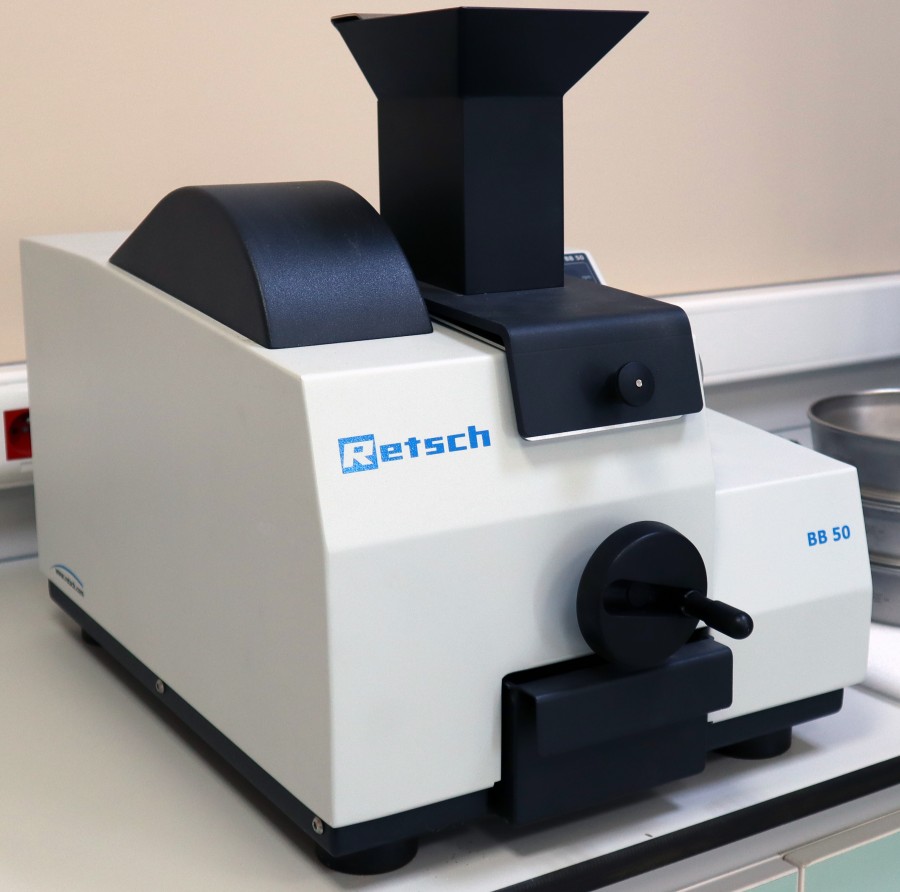 |
Working principle: - Max. sample: 25 kg/hour - Inlet size: Max. 40 mm and below - Outlet size: 500 microns and below - Speed range: 550 - 950 rpm - Jaw gap: 0-10 mm - Jaw materials: Manganese steel, Stainless steel, Steel 1.1750, Tungsten Carbide, Zirconium oxide - Power: 1100 W |
||
| Applications: It is used for crushing very hard, hard, medium-hard, and brittle materials. Sample Acceptance Conditions: |
|||
| Instrument: Ball mill grinding Brand / Model:: RETSCH / RS 200 | |||
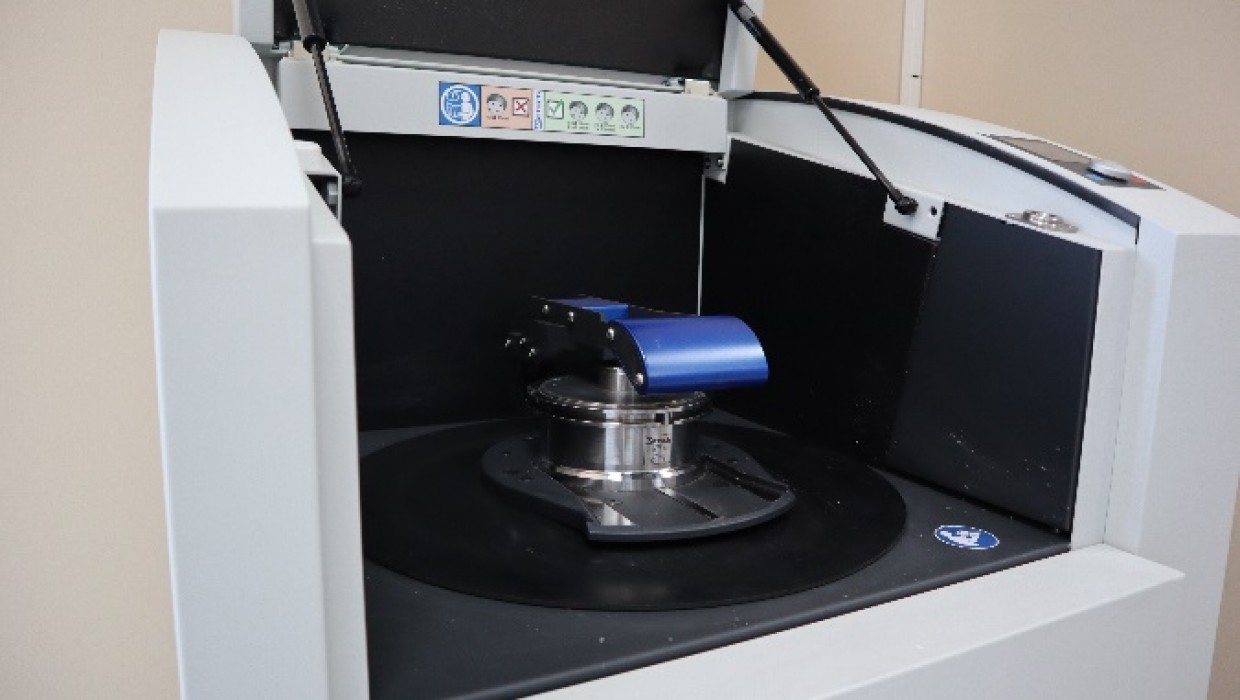 |
Working principle:
- Feed Material: Medium-hard, Hard, Brittle, Fibrous - Size Reduction Principle: Pressure and Friction - Material Inlet Size: < 15 mm - Output Size: < 20 µm - Speed: Adjustable from 700-1500 rpm - Grinding Materials: Hard steel and tungsten carbide - Bowl Capacity: 50 ml - Grinding Time: 00:01-99:59 - Motor Power: 1.5 kW |
||
| Applications: Materials Science and Engineering, Geology, Archaeology, Construction Materials, Environmental Reconstruction, Crushing, Mixing, Powdering. Sample Acceptance Conditions: |
|||
| Instrument: p-XRF Brand / Model:: SPECTRO / xSort XH003 | |||
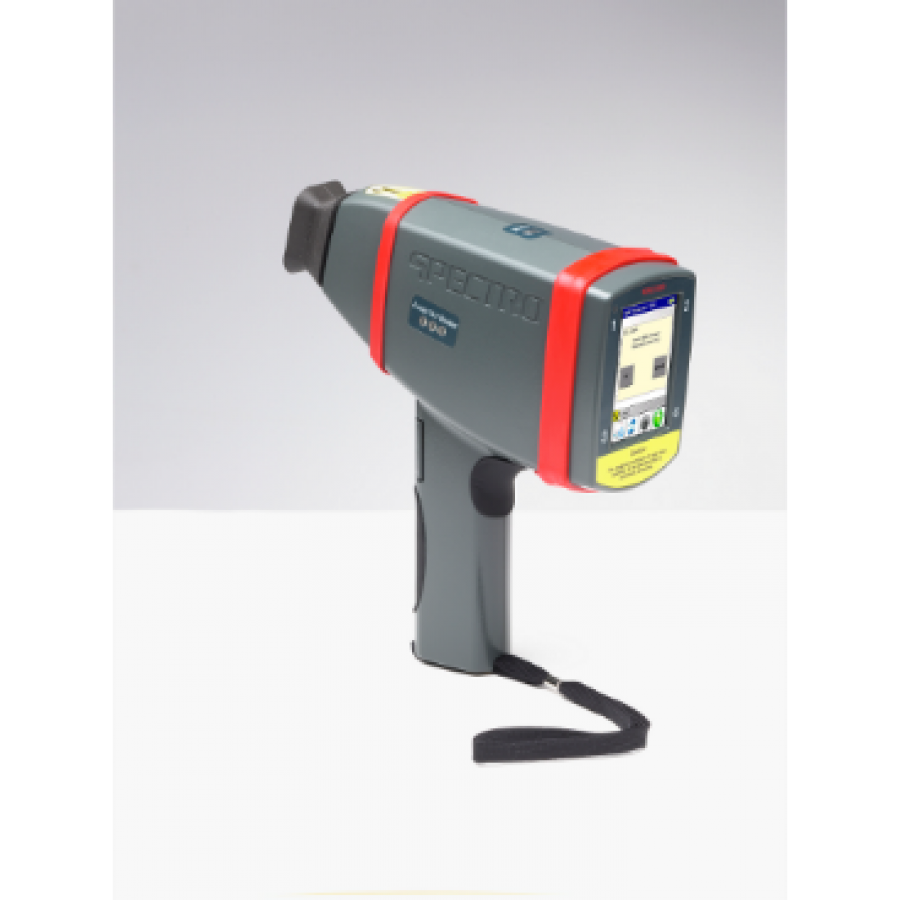 |
Working principle:
When excited by high-energy radiation like X-rays, it raises electrons in close orbits to higher energy levels. These X-ray-excited electrons, when they return to their initial energy levels, release the excess energy they gained in the form of X-rays with wavelengths between 0.1-50 Ångströms. This emission of X-rays upon return is called fluorescence radiation. Since the wavelength of fluorescence radiation is unique for each element, it is possible to determine the type of element in the analyzed material |
||
| Applications: It is ideal for applications such as archaeology, geology, material science and engineering, positive material identification (PMI), recycling of alloys, precious metals, aluminum, mining, and environmental screening. Sample Acceptance Conditions: |
|||